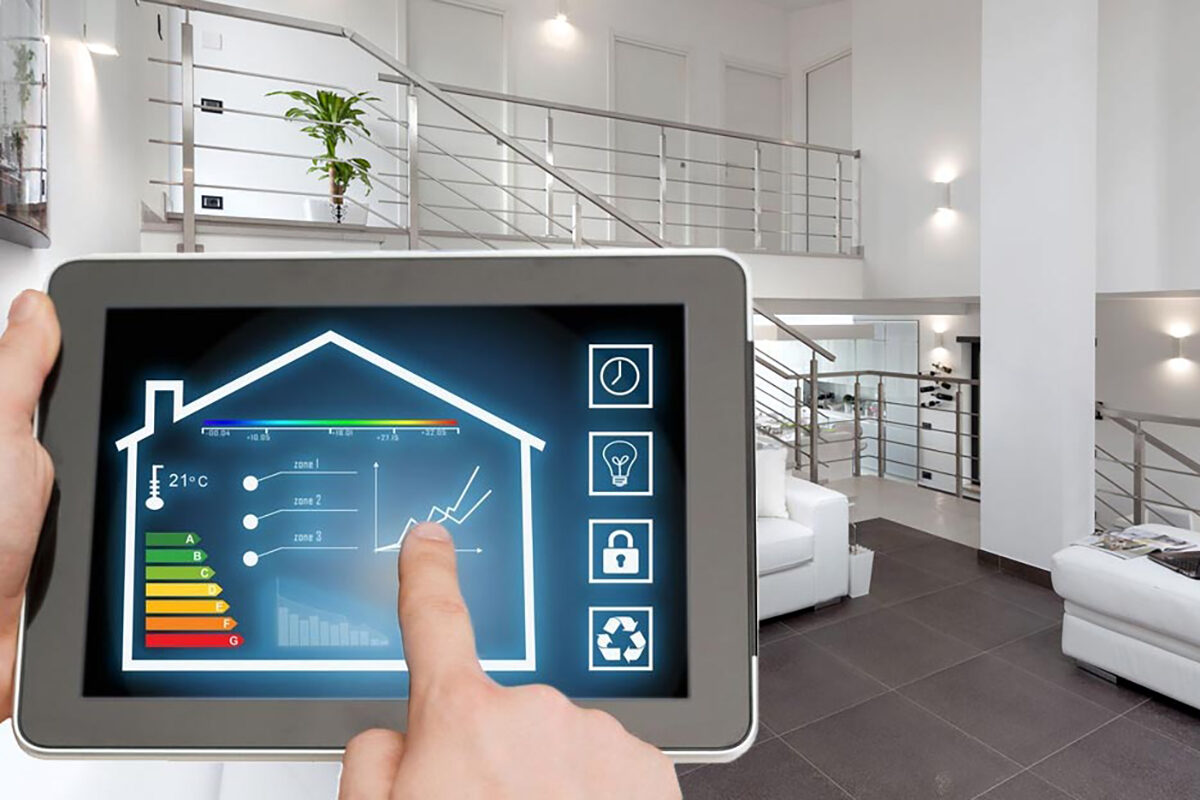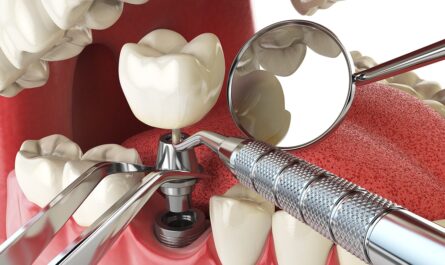The rapid development of technology has enabled us to integrate various smart devices into our homes that can improve our quality of life in significant ways. One area that is being transformed through smart home technology is healthcare delivery and patient monitoring. Devices connected through the internet of things are allowing for remote patient monitoring and independent living assistance like never before.
Remote Patient Monitoring with Connected Devices
Remote patient monitoring utilizes connected medical devices, sensors and tablets or smartphones to collect health data from patients and transmit it digitally to healthcare providers. This allows patients, especially those with chronic conditions, to stay in their homes while still receiving medical oversight. Devices like glucose meters, blood pressure cuffs, scales, pulse oximeters and more can automatically send readings to a patient’s care team for review. Any concerning changes can then prompt a medical response without an in-person visit. This type of remote monitoring is proving very helpful for managing conditions like diabetes, heart disease, asthma and more. It gives doctors a full real-time picture of how treatment plans are working without the hassle of frequent clinic trips for the patient.
Preventing Medical Emergencies with Activity Tracking
Another important use of technology in the home is passive activity tracking using sensors to monitor things like gait, sleep patterns and cognitive functions. Changes or declines in these areas could be early indicators of potential medical issues. By tracking patterns over time, algorithms can detect anomalies that may signal an oncoming condition like a fall, respiratory infection, stroke or cognitive impairment. Alerts can then be sent to caregivers so any needed interventions or treatments can begin right away, potentially even preventing an emergency situation. Things like motion sensors, smart switches, worn devices and in-home cameras all play a role is passively and discreetly gathering these valuable health metrics.
Medication Management and Dispensing Systems
Taking medications as prescribed is incredibly important for medical and disease management, yet it can be challenging for some patients to remember multiple daily doses. Smart Home Healthcare systems are making medication adherence easier through automated dispensers connected to Wi-Fi. Patients or caregivers pre-load medications into the dispenser by dose time and day. Then at the scheduled times, the unit dispenses and records that the correct dosage was taken. Any missed doses trigger alerts so a family member or physician can check on the patient. Advanced systems can even integrate with online pharmacies for automated refills. This technology is proving very helpful for seniors with memory issues or multiple prescriptions to follow.
Virtual Health Support through Smart Speakers and Displays
Beyond connected devices and passive monitoring, smart home technology is also facilitating virtual telehealth support right in people’s living rooms. Voice assistants like Alexa or smart displays integrated with services like Amazon Clinic allow patients to get quick clinician advice, schedule e-visits and request prescription renewals with just a voice command or screen tap. Care teams can use these interfaces to check in on patient wellbeing and symptoms between appointments too. For many minor issues, virtual consultations provide care access that may not otherwise be available due to transportation barriers, long wait times or clinic locations. They also prevent unnecessary trips to an urgent care when questions could easily be answered at home instead.
Safety Monitoring and Emergency Response
Nearly all Smart Home Healthcare have some smart safety features now like video doorbells, security cameras and motion sensors that double as useful medical monitoring tools too. If a patient experiences a fall or other emergency at home, connected devices can detect it and automatically place a call for help if the individual is unresponsive. Companies like LifeStation have created medical alert systems that integrate with smart home sensors to detect falls, smoke, carbon monoxide and more to initiate faster emergency assistance than pulling an alert pendant could provide. Around-the-clock monitoring gives peace of mind to families with aging loved ones or those managing chronic illnesses while still supporting independent living. Such technology-enabled safety nets can be a game-changer for rapid emergency response when every second counts.
Smart Home Healthcare’s Growing Impact
As the population ages worldwide and chronic diseases rise, finding scalable solutions to provide quality medical care outside traditional facilities is increasingly crucial. Smart home technology is enabling more preventative, low-cost, comfortable and convenient care delivery methods directly to where patients live. Remote monitoring, automated medicine dispensing, virtual consultations, passive health tracking and smart safety features are all demonstrating clear benefits in supporting seniors, the chronically ill, people with disabilities and anyone managing ongoing medical needs. While still a relatively new field, the potential of technology-enabled independent living and telehealth through connected homes shows enormous promise to both empower patients and ease burdens on stressed healthcare systems in the coming years. The revolution in smart home healthcare has only just begun.
*Note:
1. Source: Coherent Market Insights, Public sources, Desk research
2. We have leveraged AI tools to mine information and compile it


